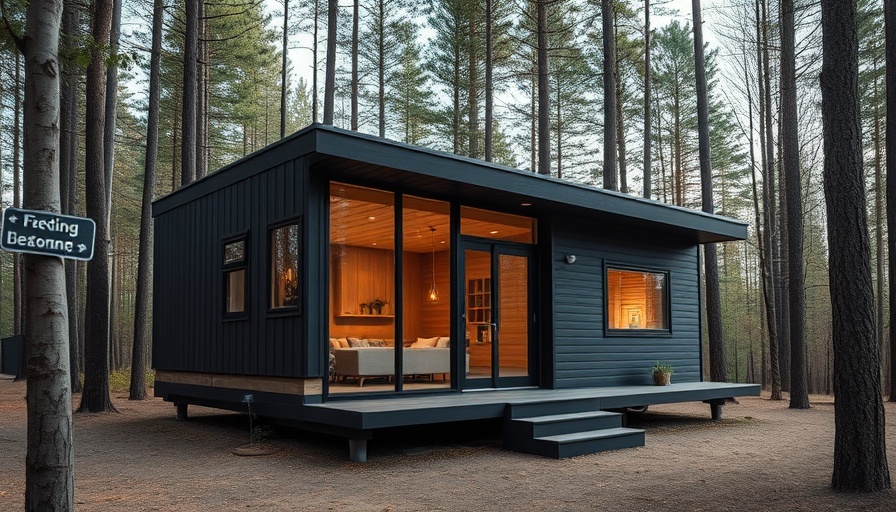
Understanding Granny Pods: A Modern Housing Solution
Granny pods, or Accessory Dwelling Units (ADUs), are transforming the way families care for aging loved ones. Designed to be small, efficient, and accommodating, these units occupy just a corner of your property yet provide a world of independence for seniors. Ranging from 250 to 900 square feet, they come equipped with essential amenities like bedrooms, bathrooms, and kitchens—perfect for maintaining a sense of normalcy.
The Benefits of Granny Pods for Families
One major advantage of granny pods is the proximity to family. They allow seniors to remain close to their loved ones, fostering companionship while also ensuring easy access to care and support. Furthermore, families can afford their aging members the privacy they deserve, striking a balance between independence and assistance.
A Cost-Effective Alternative to Traditional Care
Granny pods also present a cost-effective care solution. Compared to nursing homes or assisted living facilities, they can save families substantial amounts over time. The investment might lead to a property value increase of 20-30%, demonstrating the financial wisdom behind their popularity.
Accessibility Features That Enhance Living
Safety and accessibility are significant priorities in designing granny pods. These units often feature wide doorways, ramps, and non-slip flooring, creating an inviting environment for those with mobility challenges. Smart home technologies offer additional layers of safety and comfort, enabling seniors to live independently.
Granny Pods as Multifunctional Spaces
Beyond senior housing, granny pods can adapt to your family’s changing needs. They might serve as guest houses, rental properties, or private retreats for adult children. Their versatility reflects a trend in modern living where spaces are multifunctional and designed for various purposes.
In conclusion, if you’re considering home renovations or exploring innovative ways to support aging loved ones, granny pods offer both practical solutions and emotional benefits. Their design balances independence for seniors with the reassurance families crave. Ready to learn more about how granny pods might work for you? Dive into discussions with home improvement experts and explore this transformative housing option today!
 Add Row
Add Row  Add
Add 




Write A Comment